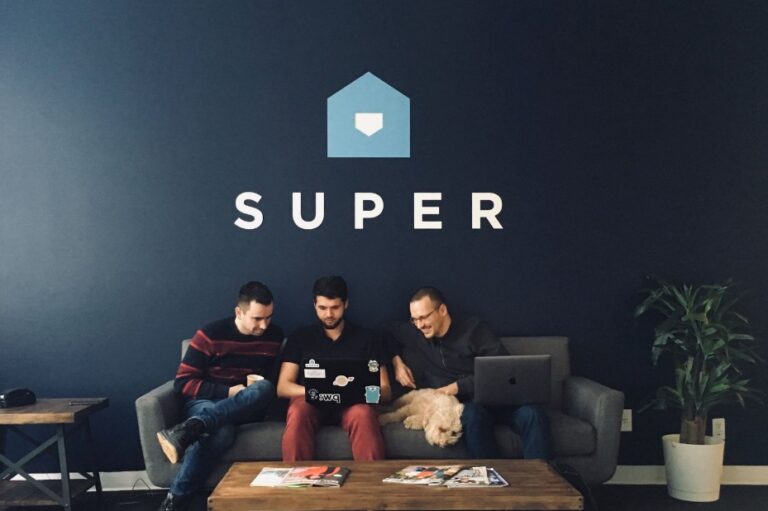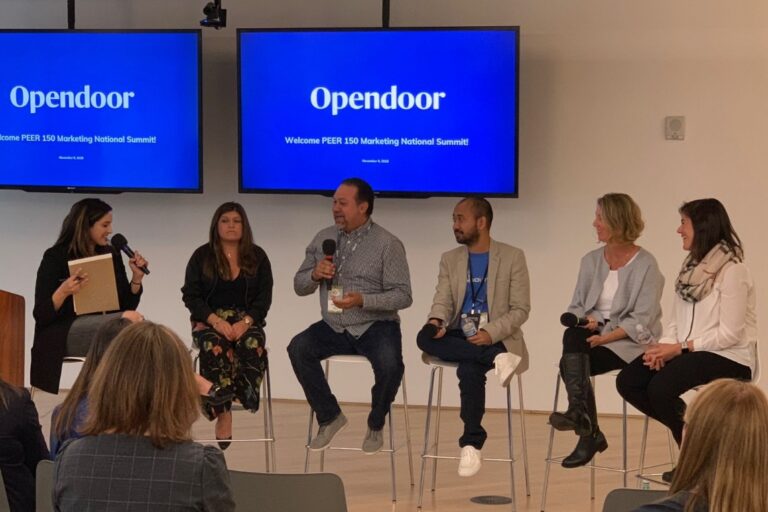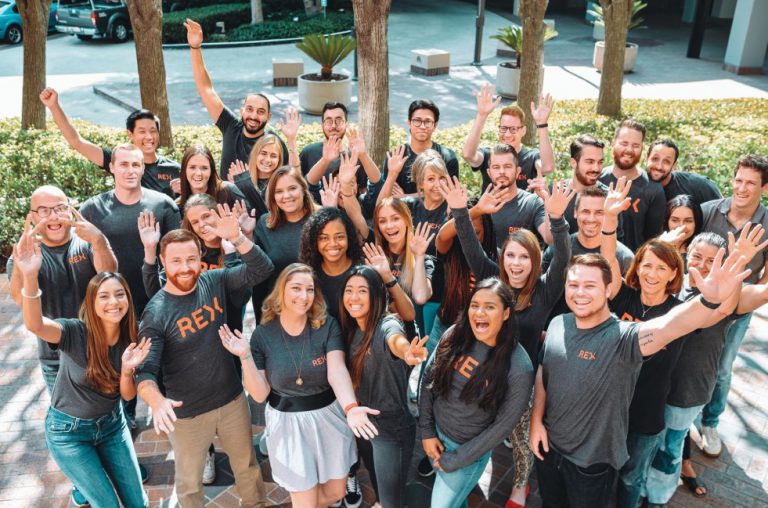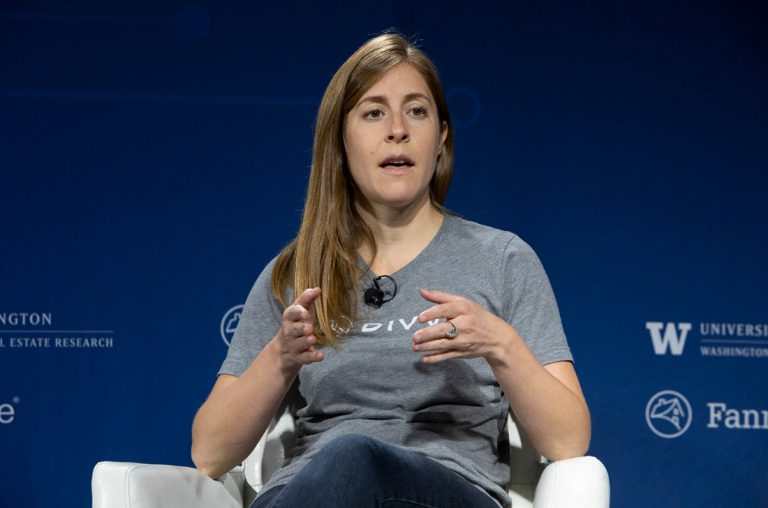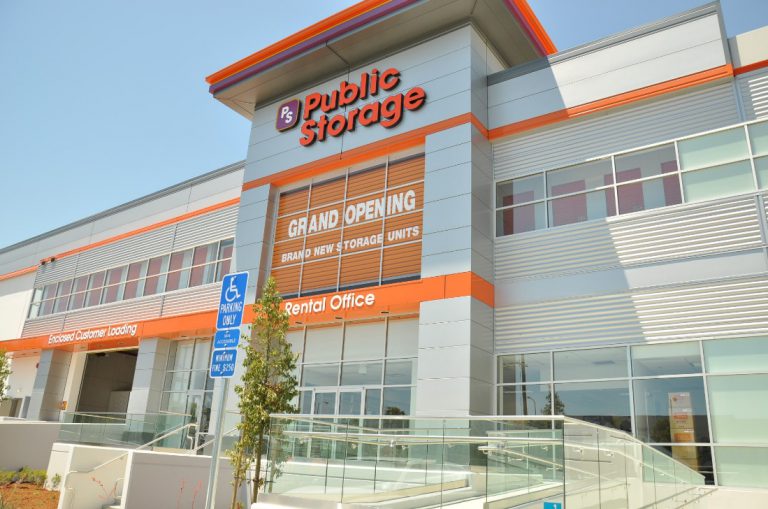Smart City, City of the Future, Today!
Smart City-Where “Smart” Was Not Only for Devices Anymore!
Believe it or not, but the term “Smart City” made its first appearance in the late 1990s in newspapers when cities randomly labeled themselves as ‘smart’ when they introduced ICT infrastructure, e-governance,…
However, both the term and the definition behind it were very inconsistent, and radically changed time to time; from metropolitan-wide information and communications technology based environments; to the ability of a city that attracts human capital and mobilizes this human capital in collaborations between the various (organized and individual) actors through the use of ICT (Meijer and Bolivar 2016); to even recently, the differentiation of the terms “digital and smart cities”: digital cities exploit the cyberspace while the smart cities the physical space (Ishida 2017).
Although different in their way of conveying the idea, Cocchia (2014) has chopped down three concerns that every description shared: innovation and technology; environmental requirements; and social development.
So, for better and easier understanding, we can define a smart city as a city that uses information and communication technologies (ICT) to be sustainable in economic, social and environmental terms and to tackle several challenges dealing with six dimensions-people, economy, governance, mobility, environment and living.
The main goal of a Smart City is the improvement of government services and citizen welfare.
Smart City’ 8 Components: “Smart” Overloaded!
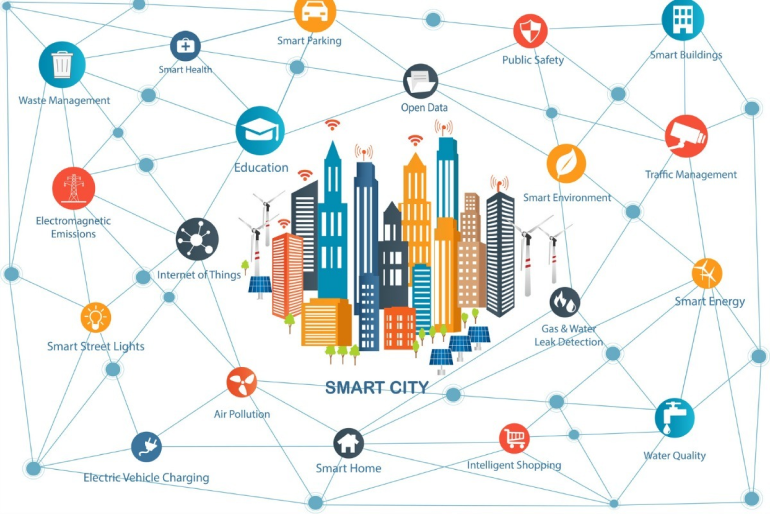
Smart Infrastructure
Smart infrastructure are city facilities (e.g., water and energy networks, streets, buildings etc.) that are installed with smart technology (e.g., sensors, smart grids etc.).
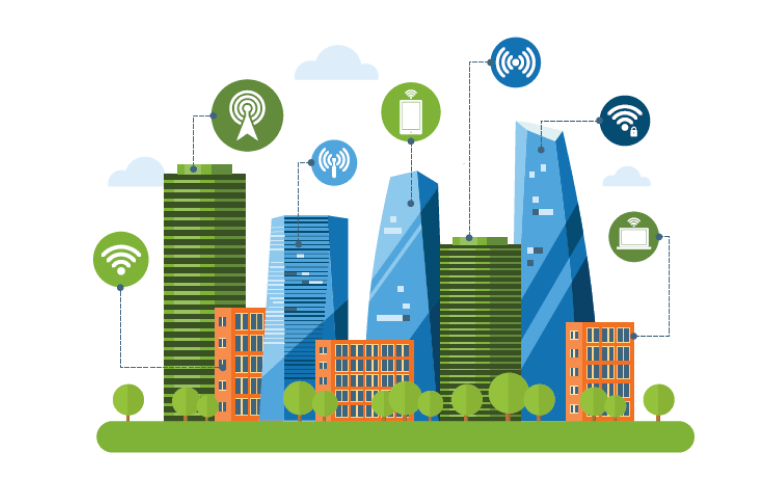
Smart buildings are popular examples. Infrastructures like buildings, bridges, water dams, etc. are embedded with sensors to not only provide real-time space management and ensure public safety but also to monitor the structural health of buildings. These sensors can also be used to detect leaks in dams and other water systems, helping reduce costs, ensure safety and improve the efficiency of public workers.
Smart Transportation
Me – Monday to Firday:

Don’t get it the wrong way! I love my job. It pays. But stucking in a traffic jam doesn’t. Duh!
By the application of real-time monitoring and control systems, the algorithm to optimize traffic activities and prevent congestion during rush hours is automatically solved and executed without minimum need for manual interruption.

No jaffic jam?!! Amen to that.
Another bonus of smart cities is smart public transportation (buses, trains, subways,etc.) which can coordinate services and fulfill riders’ needs in real time, improving efficiency and rider satisfaction. Also, bike-sharing and ride-sharing services are frequently used in these cities.
Smart Environment
The utilizing of innovations and ICT incorporation for natural resource conservation and management (waste management systems, emission control, recycling, sensors for pollution monitoring etc.).
Resources and energy saving is a global concern, which smart cities have done it fairly successful. For example, smart streetlights embedded with smart sensors dim when they detect no motion or heat wave from traffics or pedestrians around its area. Smart grid technology can be used to optimize the operation of energy-consuming appliances, maintain and plan the supply of power on demand.
Smart cities also set out to monitor and address environmental concerns such as climate change and air pollution. Some well-known practices in this field are using sensors to measure water parameters and guarantee the quality of drinking water at the front end of the system, with proper wastewater removal and drainage at the back end; assessing the level of air pollution to warn the civilians so that they can modify their schedule accordingly.
Smart Services
The utilization of technology and ICT for health, education, tourism, safety, response control (surveillance) etc. service provision across the entire city.
Probably one of the most unique smart services is the eHealth. According to Blue Stream Consultancy, “smart healthcare is defined by the technology that leads to better diagnostic tools, better treatment for patients, and devices that improve the quality of life for anyone and everyone.” This type of healthcare technique could be used to monitor, consult, and give guidance to non-critical patients at home, especially those live in rural area, rather than in hospitals, reducing strain on hospitals, and give a better control over health statuses at all times.
Related post: EMR And EHR In A Solid Nutshell
Smart Governance
No, it’s not the people, it’s the method. Ha!
Smart government establishment in the urban space, accompanied by technology to facilitate and support better planning, decision making, service delivery, participation and engagement.
“SMART Governance” paint the picture about the future of public services-greater efficiency, effective community leadership, mobile working and continuous improvement through innovation.
Smart People
Measures that enhance people creativity and open innovation in these aspects:
- Level of qualification.
- Affinity to lifelong learning.
- Social and ethnic plurality
- Open-mindedness
- Cosmopolitan
- Flexibility.
- Creativity.
- Democratic.
- Participation in public life
All of those are components of one most important scale- The Human Development Index.
True story: Living in smart city does not make you smarter! It will make you look dummier if almost everyone in the area has a Doctor degree. Maybe you should hide your Bachelor one, and blame your dog, MuMu, on eating your Doctor degree.
Smart Living
Smart living is depicted by diverse cultural facilities available to all kinds of religions, whether they belong to major or minor communities, world-class education facility, colleges, and universities. A smart city also needs tourist attractions as well as world-class hospitals with all the latest technology-enabled devices and equipment to allow a healthy lifestyle for every citizen. And last but not least, good quality housing, as well as social cohesion, should be offered.
Smart Economy

The foremost factor that drives the growth of Smart economy is education quality. Second is technology and innovation that strengthen business development, employment, and urban growth. A smart city should have an economic image globally, an international brand, trademark, and highly diversified economy.
Smart city technologies also bring efficiencies to urban manufacturing and urban farming, including job creation, energy efficiency, space management and fresher goods for consumers.
Denver’s Smart City: Prominent Applications in Development
Hey Deveners! Do you know that your neighborhood is amazing?!
CityNOW is Panasonic’s approach to Smart City development in the city of Denver, North America, which is ensured by the company’s deep experience in planning and integrating Smart City technology around the world.
Microgrid
To turn the city to not only conservative and efficiency but also sustainable, Xcel Energy has proposed a project to install a microgrid with contributions from Panasonic and Denver International Airport that will operate by the use of Solar Photo Voltaic and Lithium Ion storage batteries working together. The Microgrid project, made up of a 1.3MW AC Solar Carport System and a 1MW/2MWh Battery Storage System, if gone through, will be “the most comprehensive project of this type in Colorado history and the first with actual customer participation in a real-world environment,” according to Alice K. Jackson, regional vice president for rates and regulatory affairs at Xcel Energy.
A Pilot System for Smart Led Street Lights
Panasonic is also cooperating with Aviation Station North Metropolitan District No.1, developer Stat. Fulenwider, Inc. and Denver International Airport to establish a system of “smart” LED Street lighting at the Peña Station NEXT development district. The system is designed for energy conservation, optimization usage and gathering data for the new video analytics technology from streets footages that can support parking management, traffic analysis, security, and many other potential future services.
On4Care
Smart technologies will also be used to contribute to community health and well-being. The Peña Station NEXT Health and Wellness Center with the support of Panasonic, build up the On4Care Remote Health Care solution which will provide the commercial and residential population with accesses to the health and wellness activities, such as fitness and health-related education, and traditional healthcare and alternative medicine services. Patients with chronic illnesses will also be taken care of by in-home biometric readings and advanced, real-time, patient-doctor interactions while they can stay in the comfort of their own houses.
Conclusion:
It is not an easy thing to build up a Smart City. You need money and a lot of it!
But does it worth the price?
Hell yeah it does!!! Read the whole thing again if you are not convinced!
But you would want to find a provider that can provide the service cheaper but still ensure the high quality right?
Contact us to find out.




